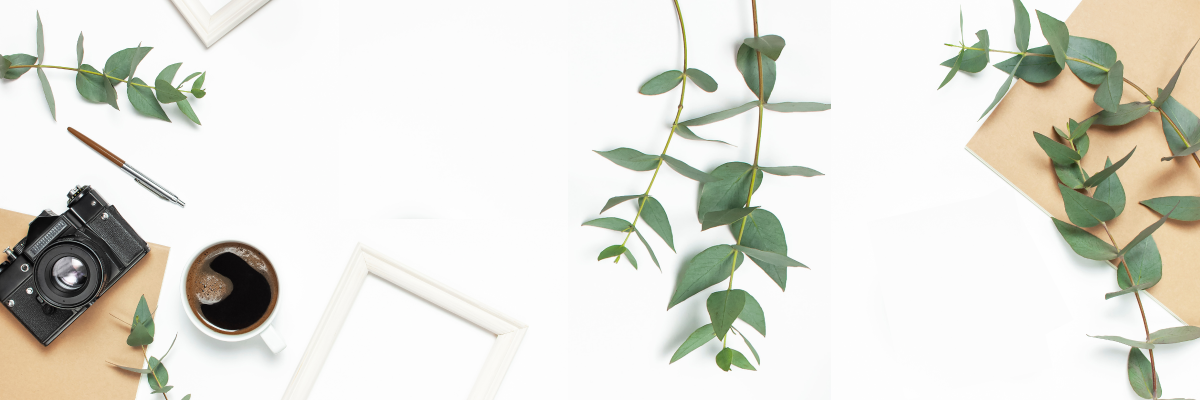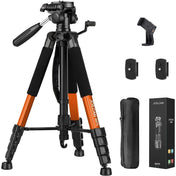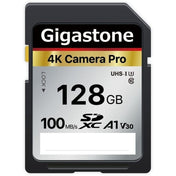Photography is a powerful medium that allows us to capture memorable moments and express our creativity. However, achieving the perfect shot can be a challenge, especially when it comes to understanding and managing white balance.
What is White Balance?
White balance refers to the color temperature of an image. In simple terms, it determines how warm or cool the colors appear in a photograph. The human eye naturally adapts to changes in lighting conditions, automatically adjusting the colors we perceive as white. However, cameras need a little help to achieve accurate color representation.
When we take a picture, the camera measures the temperature of light and adjusts the colors accordingly. The goal is to reproduce the scene as close to reality as possible, ensuring that whites remain white, without any unwanted color casts.
Why is Understanding White Balance Important?
Accurate white balance is crucial for creating visually appealing and true-to-life photographs. When the white balance is off, images can appear too warm (yellowish) or too cool (bluish). This discrepancy in color temperature can drastically affect the mood and impact of a photograph.
For instance, a warm white balance can evoke a cozy and nostalgic feeling, perfect for capturing a romantic sunset. On the other hand, a cool white balance might be preferable when photographing a snowy landscape, adding a sense of crispness and serenity to the image.
In addition to aesthetic considerations, having a proper white balance is essential for commercial photography. Accurate color reproduction is vital when photographing products for e-commerce websites or creating marketing materials to attract potential customers.
Understanding Color Temperature
Color temperature is measured in Kelvin (K) and refers to the color of light emitted by different light sources. The lower the Kelvin value, the warmer (more yellow) the light appears. On the other hand, higher Kelvin values result in cooler (more blue) light.
Here are some common examples of color temperatures:
- 2000-3000K: Candlelight or tungsten lighting
- 4000-5000K: Fluorescent or cool white LED lighting
- 5000-6500K: Daylight or daylight LED lighting
- Above 6500K: Overcast sky or shade
White Balance Settings
Most modern cameras offer different white balance presets to cater to various lighting conditions. These presets include Daylight, Cloudy, Shade, Tungsten, Fluorescent, and Flash. Choosing the appropriate setting can help you get close to accurate colors without much effort.
If you're shooting in challenging lighting situations, such as mixed lighting or artificial light sources with unusual color temperatures, using the custom white balance setting is recommended. This enables you to calibrate the camera specifically for the lighting condition you are working with.
Post-Processing and White Balance
While getting the white balance right in-camera is ideal, it's not always possible. However, thanks to post-processing software, such as Adobe Lightroom or Photoshop, you can easily make adjustments and correct any color imbalances.
These software applications offer intuitive tools that allow you to manually adjust the white balance by using sliders or droppers to select a neutral reference point in the image. Additionally, advanced algorithms can help you automate the process, saving time and effort.
Tips for Getting Accurate White Balance
1. Use a White Balance Card:
A white balance card, often referred to as a gray card, is a small card with a neutral gray surface. By photographing the card under the same lighting conditions as your subject, you can use it as a reference in post-processing to set the correct white balance.
2. Shoot in RAW:
Shooting in RAW format gives you more flexibility in post-processing, allowing you to make precise adjustments to white balance without sacrificing image quality. RAW files retain more information compared to JPEG, providing greater latitude when it comes to correcting white balance.
3. Bracket Your Shots:
If you're unsure about the correct white balance setting, take multiple shots using different white balance presets or adjustments. This technique, known as bracketing, ensures that you have options to choose from in post-processing, increasing the chances of getting an accurate white balance.
4. Consider the Scene:
Each scene has its own unique lighting conditions, and understanding how different light sources affect the color temperature is essential. Be mindful of the environment you're shooting in and adjust your white balance settings accordingly to maintain accurate colors.
Mastering White Balance: Practice Makes Perfect
Like any other aspect of photography, mastering white balance requires practice and experimentation. Take the time to play around with different lighting conditions and white balance settings to understand their impact on your images.
Don't be afraid to break the rules and experiment with white balance creatively. Sometimes, embracing color casts intentionally can result in unique and memorable artistic expressions.
The True Colors of Your Vision
Understanding and controlling white balance is an essential skill in photography. By mastering white balance, you have the power to create images that truly reflect the colors of your vision, enhancing the impact and emotional connection of your photographs.
So, go out there, experiment, and discover the power of white balance in your photography journey. Embrace the beauty of different color temperatures, and let your creative vision shine through each and every image you capture.
Remember, every photograph has a story to tell, and accurate white balance ensures that the story is told with the true colors it deserves.











